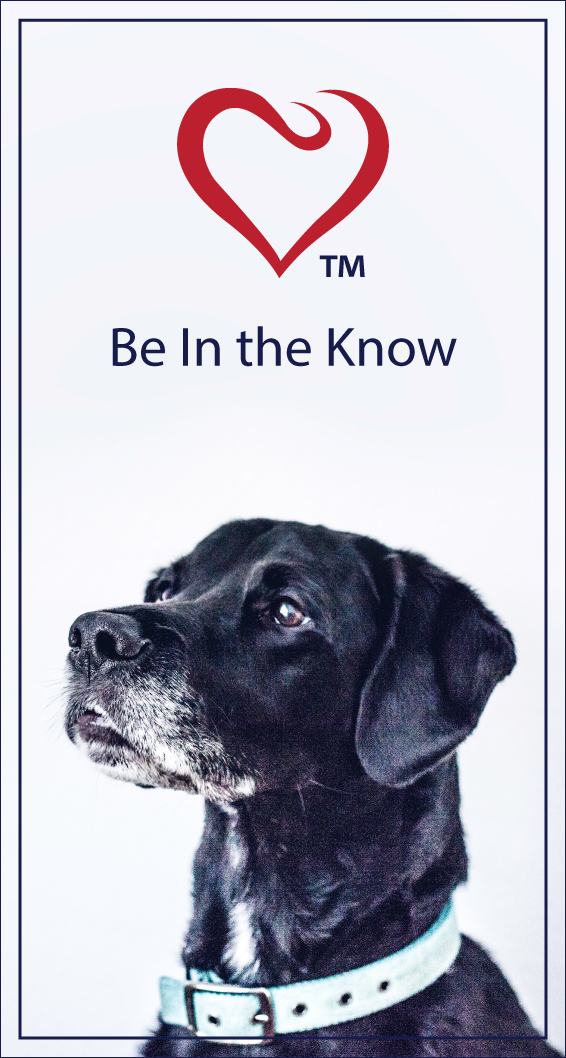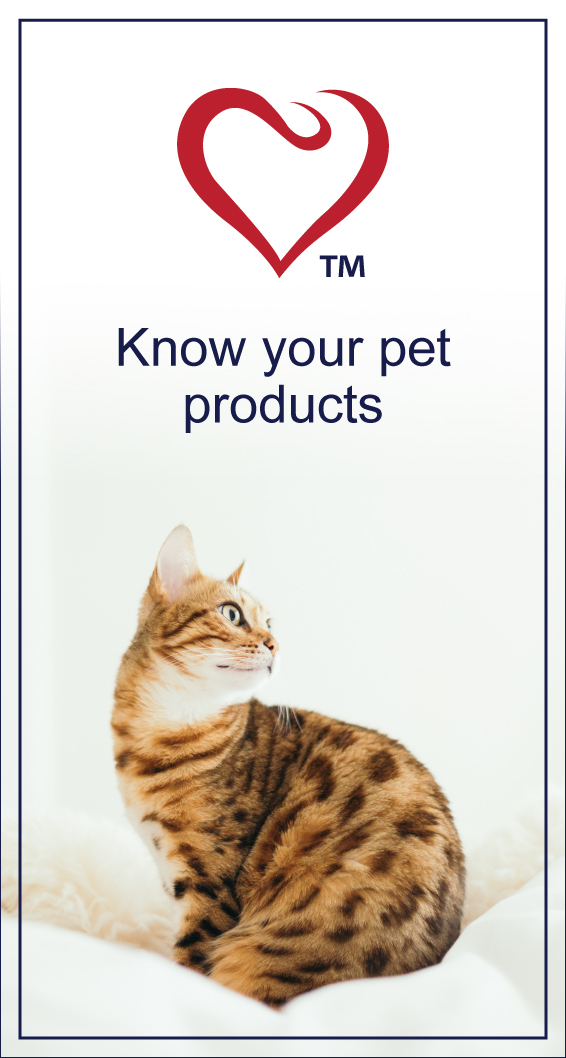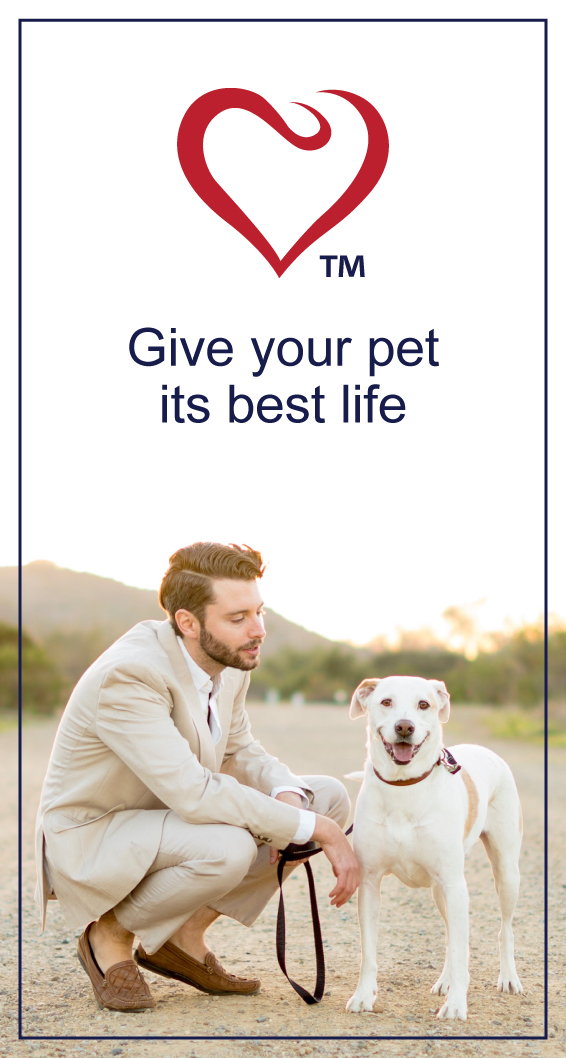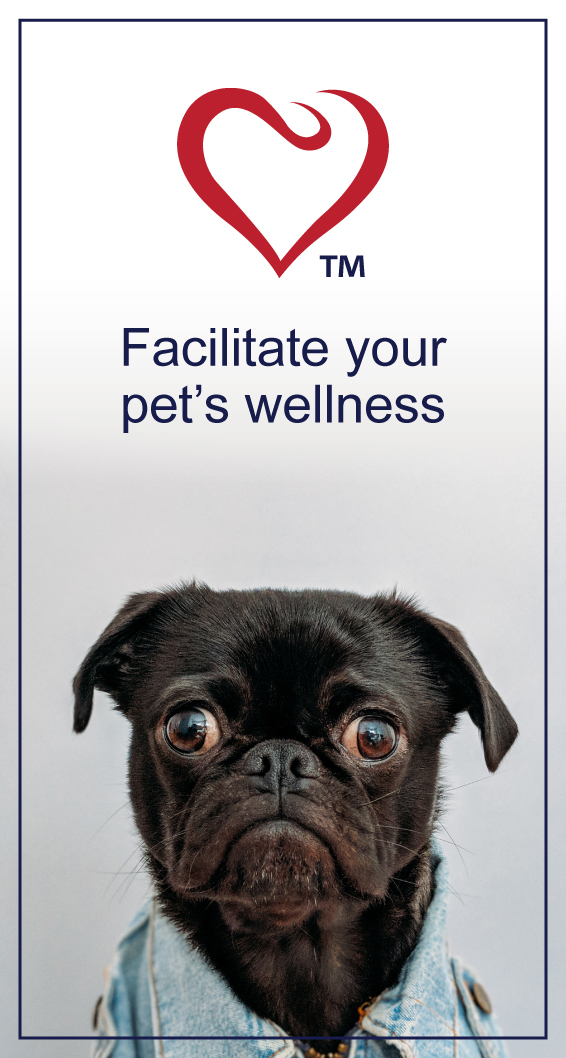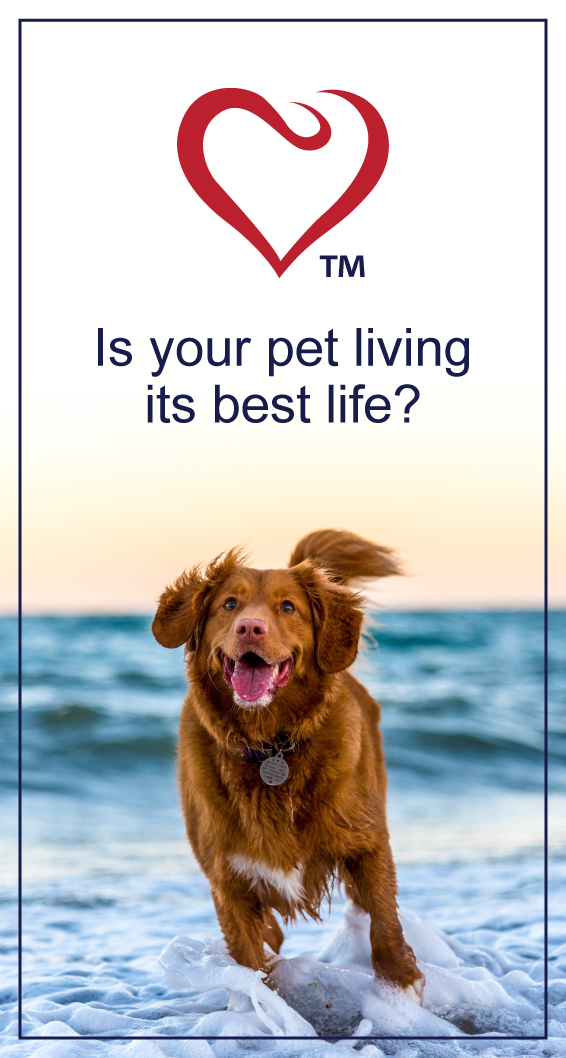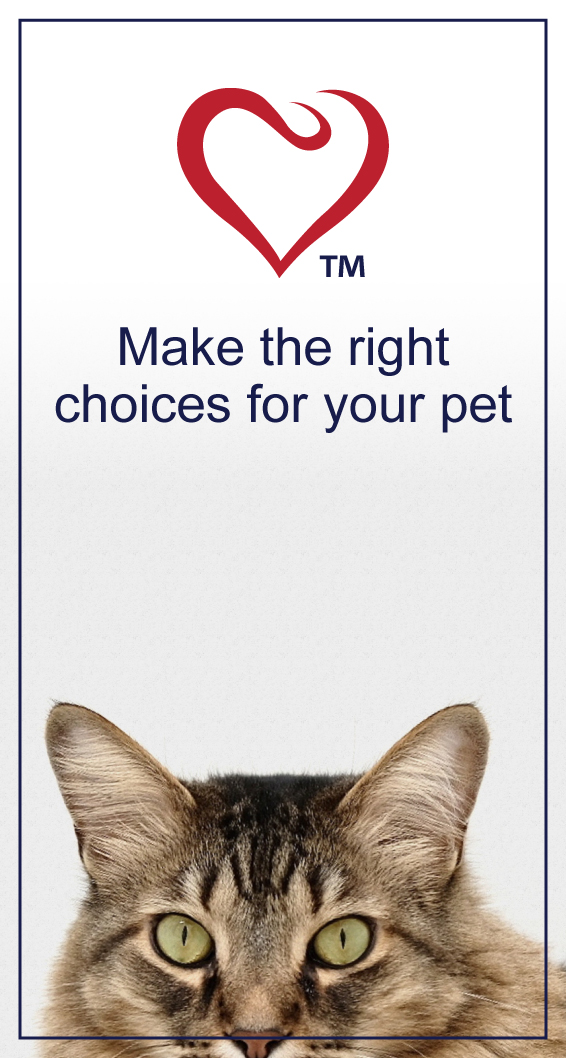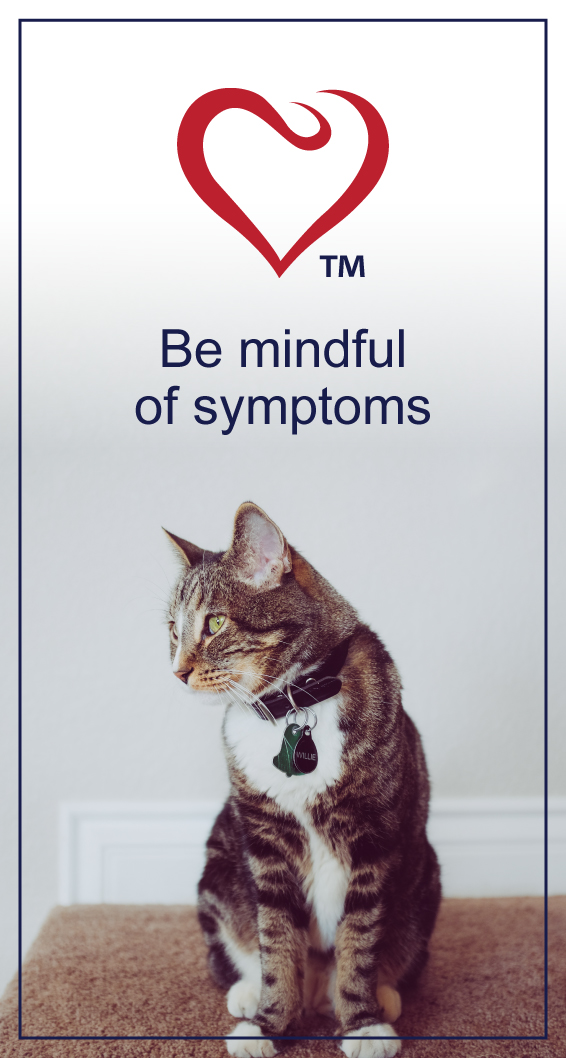HEALTH & WELLNESS

TRENDING
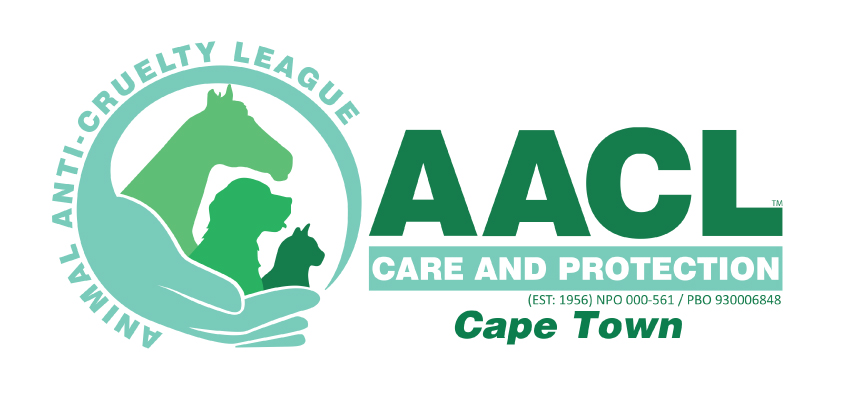
We’re excited and honoured to feature South Africa’s second largest independent animal welfare organisation on PetlifeSA.
Caring For Your Toothless Dog

All pet parents occasionally worry about their canine companions becoming toothless in later years and wonder how this would affect their health and quality of life.
Here’s the good news, it isn’t as difficult or unmanageable as one may think. Tooth loss in dogs has several causes, but the most prevalent and preventable is periodontal disease.
A critical aspect of proper care is ensuring that oral hygiene is a priority. Regardless of how many teeth your dog has lost or may yet lose it remains vital to brush the gums. Use specially formulated toothpaste obtainable from many pet stores or, in a pinch, make your own. Do some googling to find easy recipes but DO NOT use the human versions because chemicals such as fluoride and sorbitol aren’t dog friendly. A thorough but gentle brushing will stimulate blood flow to the gums, prevent bacterial growth, remove the causes of decay, and reduce unpleasant breath.
But what options are there when the harm is already done? The simple answer is to serve soft healthy meals in suitable portions. The best foods for your tooth-challenged chum are those that also prevent gum injuries. Instead of feeding dry pellets that can stick in the throat, crumble them for soaking in bone broth, thus providing a nutritional flavour boost while you excel in canine cuisine. This allows your pet to enjoy tasty and satisfying meals that maintain superb condition but decrease the risk of choking.
Your hound may be toothless but will still tend to gnaw on objects. Because these instincts could cause injuries, introduce distractions such as a snuffle mat laced with delicious smelling treats or super-soft chomp toys to minimize the risk of gum damage. So, face these adversities with good cheer, a creative approach, and remember the adage “Keep Them Calm and They’ll Carry On.”
Related Articles
Dental Disease In Dogs Read Now
How To Keep Your Dog’s Mouth Clean Read Now
A Healthy Mouth Vs. An Unhealthy Mouth In Dogs Read Now
What You Need To Know About Your Dog’s Oral Health Read Now
What You Need To Know About Your Cat’s Oral Health Read Now
Signs And Types Of Oral And Gum Disease In Cats Read Now
